Whether you're an athlete, a fitness enthusiast, or someone who spends long hours sitting at a desk, tight quadriceps (quads) can be a common complaint. The quadriceps are a group of powerful muscles located in the front of your thigh, and when they become tight, they can cause discomfort, limited mobility, and even affect your performance.
With the help of a foam roller, you can alleviate quad tightness and restore flexibility. In this blog, we will guide you through the process of using a foam roller to release tight quads, enabling you to move freely and painlessly once again.
Step 1: Preparation
Before diving into foam rolling, it's essential to ensure you're prepared for the session. Find a quiet and comfortable space where you can lie down on the floor. Position the foam roller nearby for easy access. Consider wearing comfortable clothing that allows unrestricted movement and doesn't hinder the rolling process.
Step 2: Warm-Up
Perform a brief warm-up to increase blood flow and prepare your muscles for the foam rolling session. You can engage in light cardio exercises like jogging in place, jumping jacks, or cycling for about five minutes. This warm-up will enhance the effectiveness of the foam rolling and reduce the risk of injury.
Step 3: Targeting the Quadriceps
a. Start by sitting on the floor with your legs extended in front of you. b. Place the foam roller beneath your quads, just above the knee joint. Support your body weight with your hands behind you, keeping your palms flat on the floor. c. Begin rolling your body weight forward, moving the foam roller slowly up towards your hips, while keeping your quads on the roller. d. If you encounter a tight or tender spot (trigger point), pause and hold the pressure on that spot for about 20-30 seconds, allowing the muscle to release tension. e. Continue rolling up and down your quads, gradually working your way up towards your hip joint. Ensure you cover the entire length of the quads. f. For added intensity and precision, you can also perform small side-to-side movements while on the foam roller to target different areas of the quads.
Step 4: Breathing and Relaxation
While foam rolling, remember to maintain a relaxed breathing pattern. Deep, diaphragmatic breaths will help you stay calm and encourage your muscles to relax further. Avoid holding your breath or tensing up during the rolling process.
Step 5: Post-Foam Rolling
After completing the foam rolling session for your quads, it's crucial to take a moment to stretch and lengthen the muscles further. Perform a few static stretches for your quadriceps to maximiSe the benefits and promote increased flexibility. Examples include the standing quad stretch, lying quad stretch, or using a wall for support.
Using a foam roller to release tight quads can be a game-changer in your quest for improved flexibility and reduced muscle tension. With dedication and patience, you'll soon enjoy the freedom and relief that come with loosened and relaxed quadriceps.










Leave a comment
This site is protected by hCaptcha and the hCaptcha Privacy Policy and Terms of Service apply.